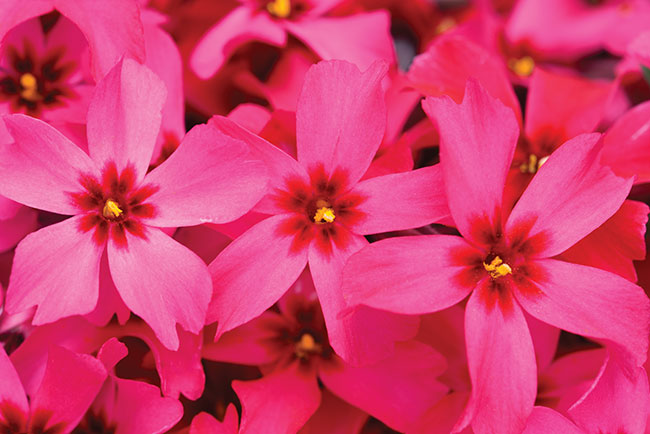
Phenomenal Phlox
Each year, the National Garden Bureau’s “Year of the” program chooses crops specifically for the North American market that are easy to grow, genetically diverse, and with a lot of new breeding to showcase. This year in the perennials category, NGB has designated 2022 the “Year of the Phlox.”
According to NGB, “Phlox is a wide-ranging North American native perennial and a common fixture in woodland, prairie, and meadow landscapes.”
Phlox is a very versatile variety with a multitude of species, heights, bloom times and garden applications. GPN talked to representatives from several breeding companies to get their insight on this captivating selection.
GPN: The National Garden Bureau has designated 2022 as Year of the Phlox, in its perennials category. In your opinion, why do you think this crop was selected this year?
Hans Hansen, director of new plant development, Walters Gardens: Because of the diversity of plant material, cultivars and uses. Phlox are native to much of the USA, are great for pollinators, and there are species that work in full sun rock gardens, shade gardens, and full sun perennial borders. Many species flower in early spring and there are species and hybrids that continue flowering into summer and early fall.
Jeff LaCourse, global perennial program director, Dümmen Orange: Phlox is a very unique genus that covers all seasons and plant forms throughout the garden. It starts out with traditional groundcover types that come into flower in late winter and very early spring and wraps up with the large, statuesque garden types that continue through the autumn months.
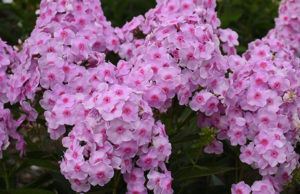
GPN: What has been your primary role in the development and/or sale of phlox?
Hans: I have been hybridizing phlox at Walters Gardens for over 12 years, making thousands of crosses and working with dozens of species.
Jeff: My role has me responsible for setting the breeding direction and objectives for our new phlox programs. I work closely with our grower customers to find their pain points and what excites them in the category to help Dümmen Orange launch real breakthroughs in the category.
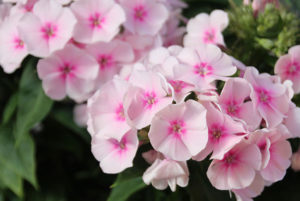
GPN: Over the years, how have you witnessed the category evolve?
Jeff: The biggest evolution we’ve seen in the traditional garden phlox is for disease resistance. By breeding these new resistant varieties, it has made production easier for growers and allowed the plants to flourish longer in the garden for the consumers and landscapers.
Hans: Plant breeders have developed hybrids that are more compact, earlier to flower, and have better foliar disease resistance (to powdery mildew and leaf spot). The Opening Act series, and the Fashionably early series are examples of that. Many of the hybrids will rebloom if cut back and extend the flowering season.

GPN: What makes phlox special? Do you have any favorite phlox varieties?
Hans: Phlox are nostalgic — my grandma grew tall garden phlox (Phlox paniculata). Today’s selections have a broader color range, broader height range and more diversity in flower times. Also, as a group they are pretty forgiving in their cultural requirements, very hardy, and add color and texture to the landscape.
Two of my favorite are: ‘Opening Act Ultrapink’ — a dark pink hybrid phlox that is covered with flowers in early June (in Michigan), has glossy dark green foliage, and a very long season of bloom. If it is cut back after flowering, it will rebloom a second time. The other is ‘Opalescence’, (pictured at top) a compact Phlox paniculata with amazing dark green foliage and soft pink flowers with a darker eye zone. It has great mildew resistance.
Jeff: I think what makes phlox so special is the diversity from mass groundcover types to the large upright garden varieties, and that there is a series to flower at any point of the year in the garden. My favorite, though, is the Woodlander series because it was a true game changer for retailers and consumers to fill the last void in the calendar. This interspecific series is a mounding groundcover that flowers later than the traditional subulata types, but before the garden paniculata varieties. The interspecific vigor has also made this a bullet-proof solution for gardeners since it performs in full sun or in an understory woodland shade situation.
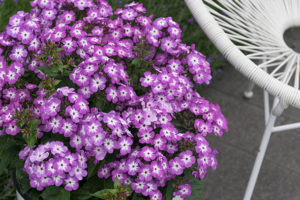
GPN: In what ways can growers and retailers capitalize on the phlox category?
Hans: Phlox input are fairly economical since they can be propagated by cuttings, less expensive input cost than tissue culture. Walters Gardens offers several sizes including bare root for a quicker finish. This is a great way to save time from a finishing perspective. For a more economical standpoint, liners are another great option but will take longer time to grow into a flowering size retail plant.
Jeff: For growers, we’ve really revolutionized the traditional paniculata types with excellent branching, disease resistance and a full array of new colors. Our breeding has also really tightened the attributes to create true series so growers can offer a rainbow of colors to the retailer all at the same time with same heights, habits, flower sizes, etc. Having a full bench or rack with multiple color options at once is what really excites consumers at the retail level.
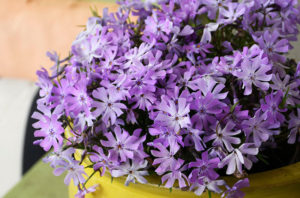
GPN: Does the production or sale of phlox present any challenges for growers and retailers?
Jeff: Not anymore. Phlox has been around for so long now that growers know how to handle it. But the advancements we’ve made in disease resistance have taken the worry out of production, and the creation of true grower series has made it very easy for growers to program and deliver a full palette of colors together.
Hans: We offer bare root phlox, which is a really easy liner to produce at a grower level.
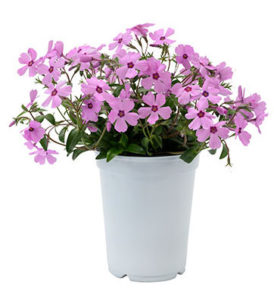
GPN: Is there anything in the pipeline in the phlox category that you can share?
Hans: We have new cultivars in both the Garden Girl series and Luminary series with great mildew resistance and color range. It is a category we continue to work on to expand the flower season, color range, and improve disease resistance.
Jeff: We’ve achieved our goals in completing the calendar of varieties that flower continuously from late winter through autumn, and with exceptional disease resistance. The next few years will be focused on new and unique color breakthroughs in each of the categories, as well as tightening up each category into true grower series for that ultimate predictability and profitability for growers and retailers.
National Garden Bureau declares 2022 as Year of the Verbena in its annuals category. Click below to take a look at this crop’s growth and development over the years.


 Video Library
Video Library 




















